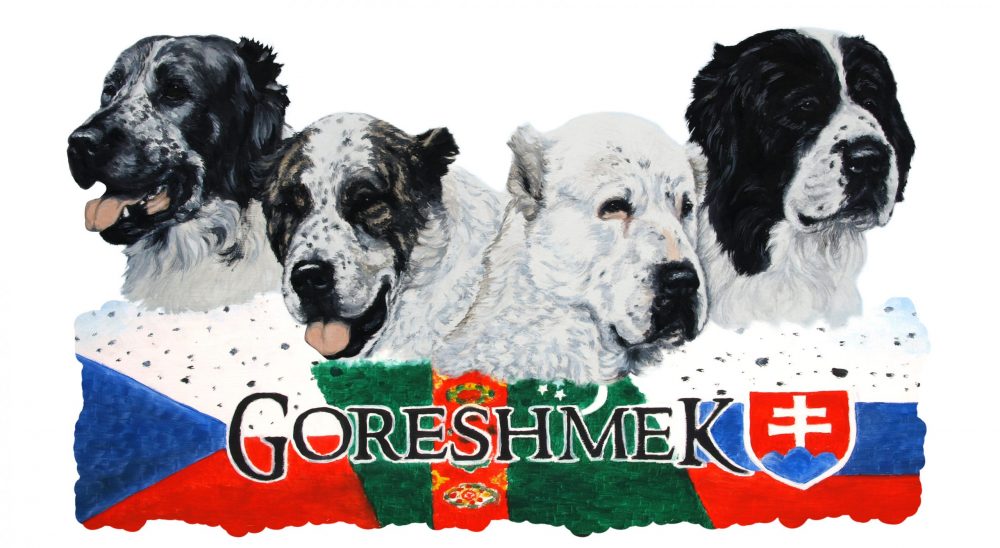For centuries, tarot has intrigued and captivated people seeking guidance, understanding, and enlightenment. The magical art of tarot reading has been shrouded in enigma and fascination, with its beginnings going back to the 15th century in Europe. Today, tarot card remains to be a prominent device for self-reflection, spiritual growth, and divination.
What is Tarot card?
Tarot card is a deck of cards typically including 78 cards, split into two major sections: the Major psychicoz reviews Arcana and the Minor Arcana. The Major Arcana includes 22 cards that represent significant life occasions and spiritual lessons, while the Minor Arcana contains 56 cards that mirror everyday experiences and obstacles.
Each tarot card is rich in importance, with detailed imagery and stereotypical meanings. Tarot readers translate the cards based on their intuition, understanding of meaning, and the querent’s (the individual receiving the reading) energy.
While tarot is commonly related to fortune-telling, it is very important to keep in mind that tarot card readings are not suggested to anticipate the future with absolute certainty. Instead, tarot card provides advice, insight, and prospective outcomes based upon the current conditions and powers at play.
- The Major Arcana: Represents significant life occasions, spiritual growth, and universal archetypes.
- The Minor Arcana: Mirrors everyday experiences, difficulties, and emotions.
How to Utilize Tarot Cards
Prior to using tarot cards, it is essential to develop a link with the deck through cleaning and blessing rituals. This process aids attune the deck to your power and intents, enabling a more precise and customized analysis.
When conducting a tarot card analysis, it is essential to create a spiritual area, establish your purpose, and concentrate on the inquiry or location of your life you seek guidance on. Mix the cards while focusing on your question, after that attract the cards and lay them out in a spread that correlates to your concern or scenario.
Interpret the cards based on their significance, imagery, and intuitive assistance. Tarot card analyses can give quality, understanding, and assistance on different elements of your life, including partnerships, job, spirituality, and individual growth.
Common Tarot Spreads
There are many tarot card spreads that accommodate different inquiries, scenarios, and locations of life. Some prominent tarot spreads consist of:
- Three-Card Spread: Past, Present, Future
- Celtic Cross Spread: Comprehensive summary of a circumstance
- Partnership Spread: Insights into a relationship dynamics
- Self-Care Spread: Support on self-care and individual development
Choosing a Tarot Deck
When selecting a tarot card deck, it is necessary to pick a deck that resonates with you vigorously and visually. There are many tarot decks readily available, each with its unique styles, artwork, and analyses. Whether you favor typical Rider-Waite significance or modern interpretations, choose a deck that talks to your intuition and individual visual.
Discover various tarot decks, go to tarot card workshops, and engage with tarot communities to deepen your understanding and link to the cards. Tarot card is an individual and user-friendly technique, and your connection to the deck is type in opening its knowledge and assistance.
In Conclusion
Tarot is an effective tool for self-reflection, spiritual growth, and intuitive assistance. Whether call psychics for free you are a seasoned fortune-teller or an amateur exploring the globe of prophecy, tarot supplies an abundant tapestry of significance, understanding, and knowledge waiting to be explored.
Embrace the magical art of tarot, depend on your instinct, and allow the cards to reveal the concealed realities and revelations that await you on your spiritual journey.
